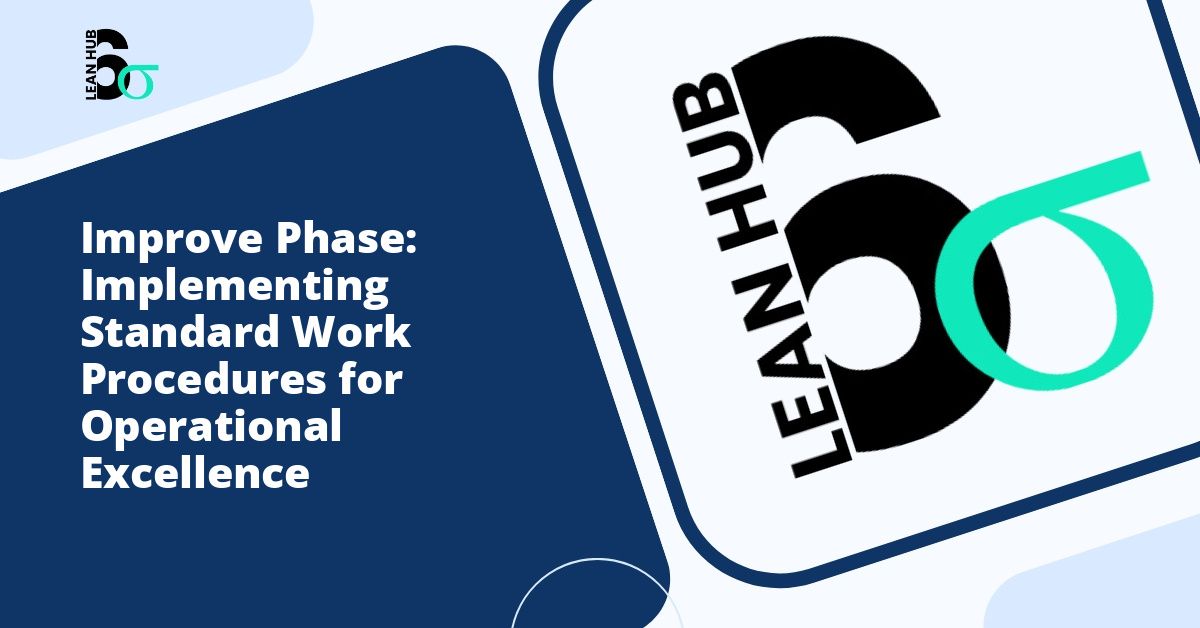In the world of process improvement, implementing changes without proper testing can lead to costly mistakes and wasted resources. This is where pilot testing becomes an essential component of the Six Sigma methodology. Before rolling out any solution across an entire organization, smart businesses conduct pilot tests to validate their improvements, identify potential issues, and ensure that their solutions actually deliver the expected results.
Pilot testing serves as a critical bridge between theory and practice, allowing organizations to refine their approaches and build confidence in their proposed solutions. This article explores the fundamentals of pilot testing within the Six Sigma framework and provides practical guidance for conducting effective tests before full implementation. You might also enjoy reading about Solution Selection Matrix: How to Choose the Best Improvement from Multiple Options.
Understanding Pilot Testing in the Six Sigma Framework
Pilot testing is a small-scale implementation of a proposed solution designed to evaluate its effectiveness before committing to full-scale deployment. Within the lean six sigma methodology, pilot testing typically occurs during the Improve phase of the DMAIC (Define, Measure, Analyze, Improve, Control) cycle. This strategic placement allows teams to test their carefully developed solutions in a controlled environment while maintaining the flexibility to make adjustments based on real-world feedback. You might also enjoy reading about How to Generate Improvement Solutions: Brainstorming Techniques for Six Sigma Teams.
The primary purpose of pilot testing is to minimize risk. By testing solutions on a smaller scale, organizations can identify unforeseen problems, measure actual performance against predicted outcomes, and make necessary refinements without disrupting entire operations or committing extensive resources to potentially flawed solutions. You might also enjoy reading about Lean Six Sigma Improve Phase: The Complete Guide for 2025.
The Strategic Importance of Pilot Testing
Many organizations face pressure to implement solutions quickly, especially when problems are causing significant pain points or financial losses. However, rushing into full implementation without proper testing can amplify problems rather than solve them. Pilot testing provides several critical benefits that justify the additional time and effort required.
Risk Mitigation
Pilot testing allows organizations to identify and address potential failures in a controlled environment. If a solution does not work as intended, the impact remains limited to the pilot area rather than affecting the entire organization. This contained approach protects both operational stability and stakeholder confidence.
Data-Driven Validation
One of the core principles of lean six sigma is making decisions based on data rather than assumptions. Pilot testing generates real-world data that validates whether a solution actually delivers the anticipated improvements. This empirical evidence is far more reliable than theoretical predictions or simulation results alone.
Stakeholder Buy-In
Demonstrating success through a pilot program builds credibility and support for broader implementation. When stakeholders can see tangible results from a pilot test, they become more willing to support the resources and organizational changes needed for full deployment.
Process Refinement
Even well-designed solutions often require adjustments when confronted with real-world complexities. Pilot testing provides opportunities to refine processes, adjust procedures, and optimize solutions based on practical experience before scaling up.
Planning Your Pilot Test
Effective pilot testing requires careful planning and preparation. A well-designed pilot test follows a structured approach that maximizes learning while minimizing disruption.
Define Clear Objectives
Before launching a pilot test, establish specific, measurable objectives that align with your original project goals. What exactly do you want to learn from the pilot? What metrics will indicate success or failure? Clear objectives guide the entire testing process and ensure that you collect relevant data.
Select the Right Scope
Choose a pilot scope that is large enough to provide meaningful results but small enough to manage effectively. The ideal pilot represents the broader population or process while remaining contained enough to control variables and minimize risk. Consider factors such as geographic location, department, product line, or customer segment when defining your pilot scope.
Establish Success Criteria
Determine specific criteria for evaluating pilot success before you begin testing. These criteria should tie directly to the problem you are trying to solve and the goals established during the recognize phase of your improvement project. Success criteria typically include quantitative metrics such as defect rates, cycle times, or cost savings, as well as qualitative factors like user satisfaction or ease of implementation.
Develop a Timeline
Create a realistic timeline that allows sufficient time for the solution to demonstrate results while maintaining momentum for the overall project. The duration of a pilot test depends on the nature of the process being improved. Some pilots may need only days or weeks, while others require months to capture meaningful data across different scenarios or seasonal variations.
Executing the Pilot Test
Once planning is complete, the execution phase begins. Successful execution requires attention to detail, consistent monitoring, and flexibility to address unexpected challenges.
Communicate Clearly
Ensure that all participants understand the purpose of the pilot test, their roles and responsibilities, and how the test fits into the larger improvement initiative. Clear communication prevents confusion and helps participants provide valuable feedback throughout the testing period.
Implement with Fidelity
Execute the solution as designed, maintaining consistency with the planned approach. While flexibility is important for addressing unforeseen issues, the pilot should represent a genuine test of your proposed solution rather than an improvised variation.
Monitor and Measure Continuously
Collect data systematically throughout the pilot period. This includes both quantitative metrics aligned with your success criteria and qualitative feedback from participants and stakeholders. Regular monitoring allows you to identify issues quickly and understand how the solution performs under different conditions.
Document Everything
Maintain detailed records of the pilot implementation, including any deviations from the plan, unexpected challenges, workarounds developed, and feedback received. This documentation proves invaluable when analyzing results and planning full implementation.
Analyzing Pilot Results
After completing the pilot test, thorough analysis determines whether to proceed with full implementation, make modifications, or return to earlier stages of the improvement process.
Compare Against Baseline
Evaluate pilot performance against the baseline measurements established during the Measure phase of your lean six sigma project. Has the solution delivered the expected improvements? Are the gains significant enough to justify broader implementation?
Assess Statistical Significance
Use appropriate statistical tools to determine whether observed improvements represent genuine effects or random variation. Statistical significance provides confidence that results will hold true during full implementation.
Gather Stakeholder Feedback
Collect and analyze feedback from everyone involved in the pilot, including process owners, front-line employees, customers, and other stakeholders. Their insights reveal practical considerations that data alone might miss.
Identify Lessons Learned
What worked well during the pilot? What challenges emerged? What adjustments would improve the solution? Documenting lessons learned creates a foundation for successful full-scale implementation.
Making the Go or No-Go Decision
Based on pilot results, leadership must decide whether to proceed with full implementation. This decision should be data-driven and aligned with the success criteria established during planning.
If the pilot demonstrates clear success, proceed with planning full implementation while incorporating lessons learned from the pilot. If results are mixed, consider conducting additional pilots with modifications or testing in different environments. If the pilot fails to deliver expected results, the team may need to return to the Analyze phase to reconsider root causes and alternative solutions.
Transitioning from Pilot to Full Implementation
When pilot results justify full implementation, use insights gained during testing to plan a smooth rollout. Develop detailed implementation plans that address the challenges identified during the pilot. Create training materials based on actual pilot experience. Establish monitoring systems to ensure that full implementation delivers results consistent with pilot performance.
Common Pitfalls to Avoid
Several common mistakes can undermine pilot testing effectiveness. Avoid selecting pilot environments that are too atypical of the broader organization, as results may not translate to full implementation. Do not rush the pilot period before sufficient data accumulates. Resist the temptation to make too many changes during the pilot, as this makes it difficult to determine which elements contribute to success or failure. Finally, do not ignore negative results or rationalize away problems, as these issues will likely amplify during full implementation.
Conclusion
Pilot testing represents a critical step in the Six Sigma improvement process, bridging the gap between theoretical solutions and practical implementation. By investing time and resources in well-designed pilot tests, organizations protect themselves from costly implementation failures while building confidence in their improvement initiatives. The data, insights, and lessons learned through pilot testing create a solid foundation for successful full-scale implementation that delivers sustainable results. For any organization serious about continuous improvement through lean six sigma, pilot testing is not optional but rather an essential discipline that separates successful transformations from well-intentioned failures.








